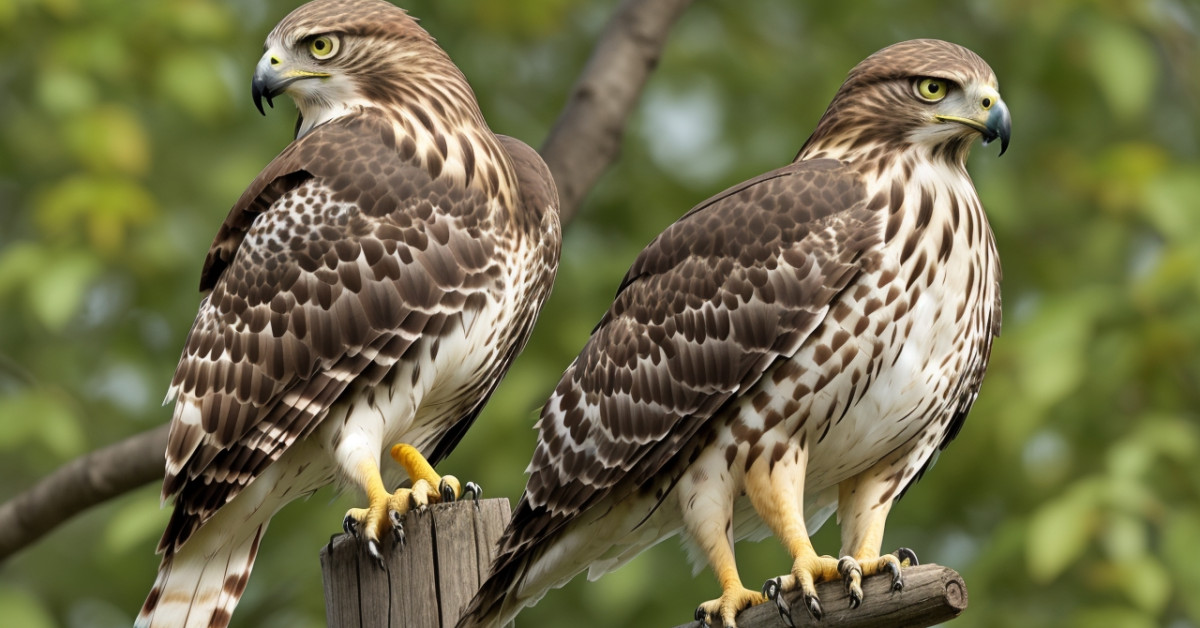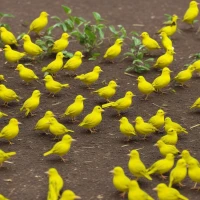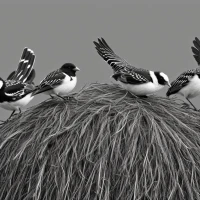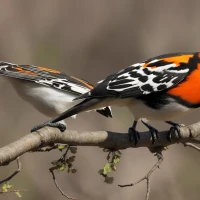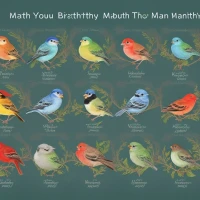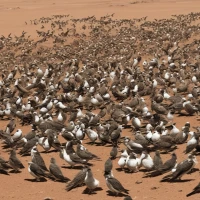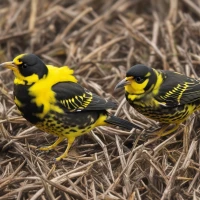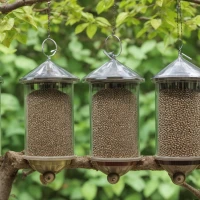How to Identify a Red-Tailed Hawk: Expert Birdwatching Tips that will transform your outdoor adventures into mesmerizing moments. Imagine capturing the majesty of this raptor with your own eyes, distinguishing it from the sky with ease and confidence. Whether you’re a seasoned birder or just beginning your wildlife journey, mastering the art of identifying these majestic creatures will elevate your birdwatching experience to unprecedented heights. Embark on this thrilling adventure, and discover professional techniques and secrets that will enhance your expertise and sharpen your eagle eye.
Is That Hawk a Red-Tailed Hawk?
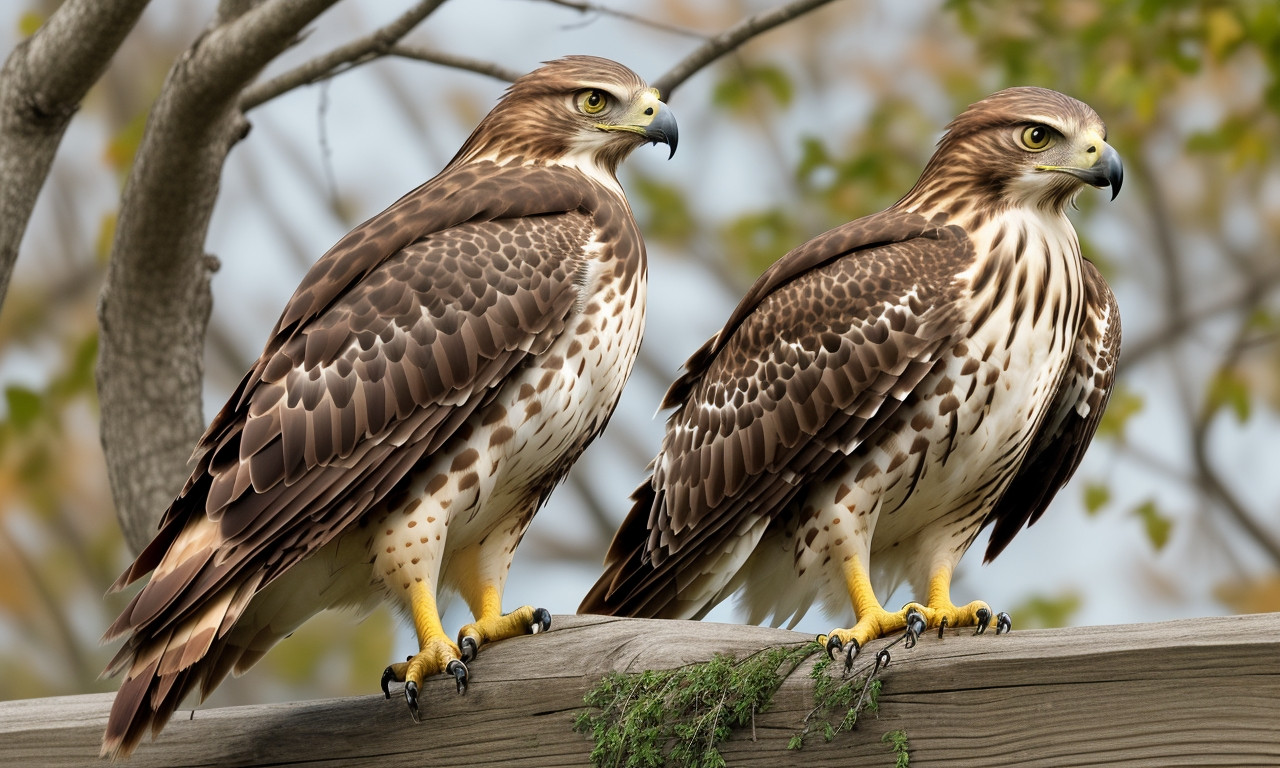
Identifying a Red-Tailed Hawk can be a thrilling experience for birdwatchers, both novice and experienced. To confidently answer the question, “Is that Hawk a Red-Tailed Hawk?” one must pay attention to several distinguishing features. Firstly, look for the characteristic red tail which gives the bird its name — juveniles, however, may not have this feature immediately, so patience and seasonal awareness are essential. The Red-Tailed Hawk also exhibits a broad, rounded wing shape, making it easy to spot in flight as it soars effortlessly through the sky.
Next, observe the bird’s size and shape. These hawks are relatively large, often ranging from 19 to 25 inches in length with a wingspan that can reach up to 56 inches. Notice the plumage; although it varies, most have a pale underbelly and darker markings along a belly band. Vocalization is another clue; their piercing, descending scream is quite distinctive.
When in their habitats, which often include open fields, meadows, and roadside perches, use binoculars to get a clearer view and take notes or photos for later identification. Using these expert birdwatching tips, you can more confidently determine, “Is that Hawk a Red-Tailed Hawk?” thus enhancing your birdwatching journey.
Red-Tailed Hawk Field Marks and Features
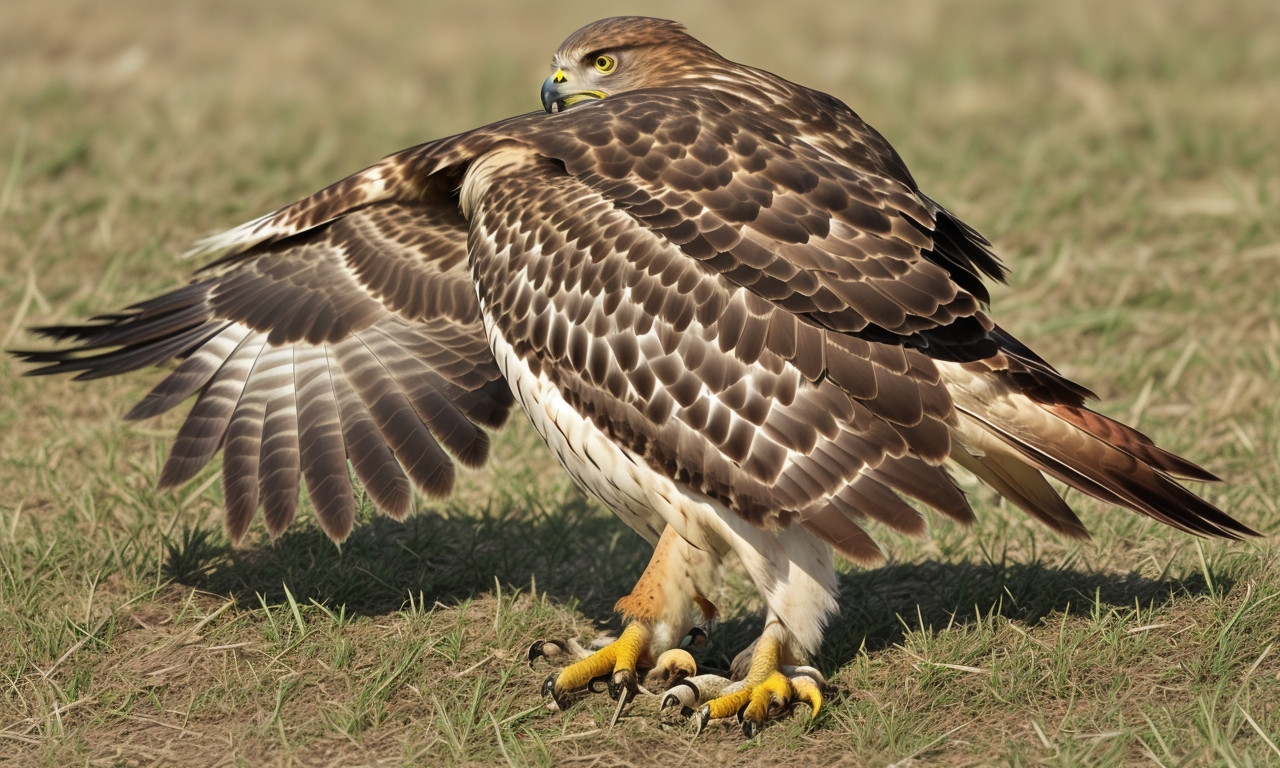
Identifying a Red-Tailed Hawk can be a thrilling experience for birdwatchers. To distinguish this bird of prey, it’s essential to focus on characteristic Red-Tailed Hawk field marks and features. One of the most noticeable traits is their rust-colored tail, which appears in adult birds and provides the species their name. Juveniles, however, may have a more barred and less vibrant tail.
Look for the bird’s broad, rounded wings that taper slightly at the tips—key distinguishing features of its silhouette. When in flight, the Red-Tailed Hawk’s wingspan can range from 4 to 5 feet, showcasing its impressive size. Their underbelly often displays a streaky, banded pattern, with a prominent dark belly band that is a major identification mark.
Facial characteristics include a lighter head with a dark band behind the eyes, giving the impression of a ‘mustache.’ Don’t overlook their behavior and habitat; these hawks are frequently seen soaring in wide circles or perching high on poles and trees, scanning for prey with their sharp eyesight.
During migration seasons, it’s common to see them band together, riding thermals and updrafts. Paying close attention to these field marks and features will enhance your birdwatching acuity, making it easier to identify the majestic Red-Tailed Hawk in the wild.
Red-Tailed Hawk Plumage

Identifying a Red-Tailed Hawk can be an exhilarating experience for any birdwatcher. One of the critical features to look for is the Red-Tailed Hawk plumage. These birds of prey boast a broad, rounded tail that is distinctively rust-colored, particularly noticeable when they soar overhead. The plumage on their backs is generally brown, providing a stark contrast to their paler underbelly, which often features a dark belly band across the midsection.
Juvenile Red-Tailed Hawks present a plumage challenge as their tails tend to be brownish, lacking the striking red seen in adults. Nonetheless, their body plumage maintains the characteristic patterns. When observing these hawks, take note of their wings—dark upper wings with lighter undersides and a slight V-shape in flight are telltale signs.
Focusing on the Red-Tailed Hawk plumage is essential, but listening for their distinctive, piercing call can also aid in identification. Habitual habitats include open fields, woodlands, and perched on high vantage points like telephone poles. Migration periods might bring these hawks to unexpected locations, providing additional opportunities for identification practice.
Enhancing your birdwatching skills involves understanding these visual markers and associating them with the bird's behavior and environment. By paying close attention to the unique Red-Tailed Hawk plumage, you’ll become adept at recognizing these magnificent raptors in their natural habitat.
Do All Red-Tailed Hawks Have Red Tails?

Identifying a Red-Tailed Hawk in the wild can be a rewarding experience for any birdwatching enthusiast. These majestic raptors are remarkable not only for their keen hunting abilities but also for their distinctive features. One of the most common questions is, “Do All Red-Tailed Hawks Have Red Tails?”. Interestingly, while the classic red tail is a tell-tale sign, not all Red-Tailed Hawks boast this feature throughout their lives.
Adult Red-Tailed Hawks typically have the iconic reddish-brown tail, but juveniles do not. Instead, younger hawks have a more mottled, brown tail which gradually transitions to red as they mature. Another identifying feature is their rich, brown plumage mixed with lighter underparts and a dark ‘belly band.’ This belly band is a band of streaked feathers across their abdomen. Additionally, when soaring, their broad wings and short tails are notable characteristics, often with a slight dihedral (V-shape).
Understanding these details highlights the importance of age and plumage variations in bird identification. Therefore, while asking, “Do All Red-Tailed Hawks Have Red Tails?” it’s crucial to consider their developmental stages. Observing these raptors through binoculars or a high-powered camera can further aid in noticing these subtle distinctions, making your birdwatching experience more insightful and engaging.
Red-Tailed Hawk Diet
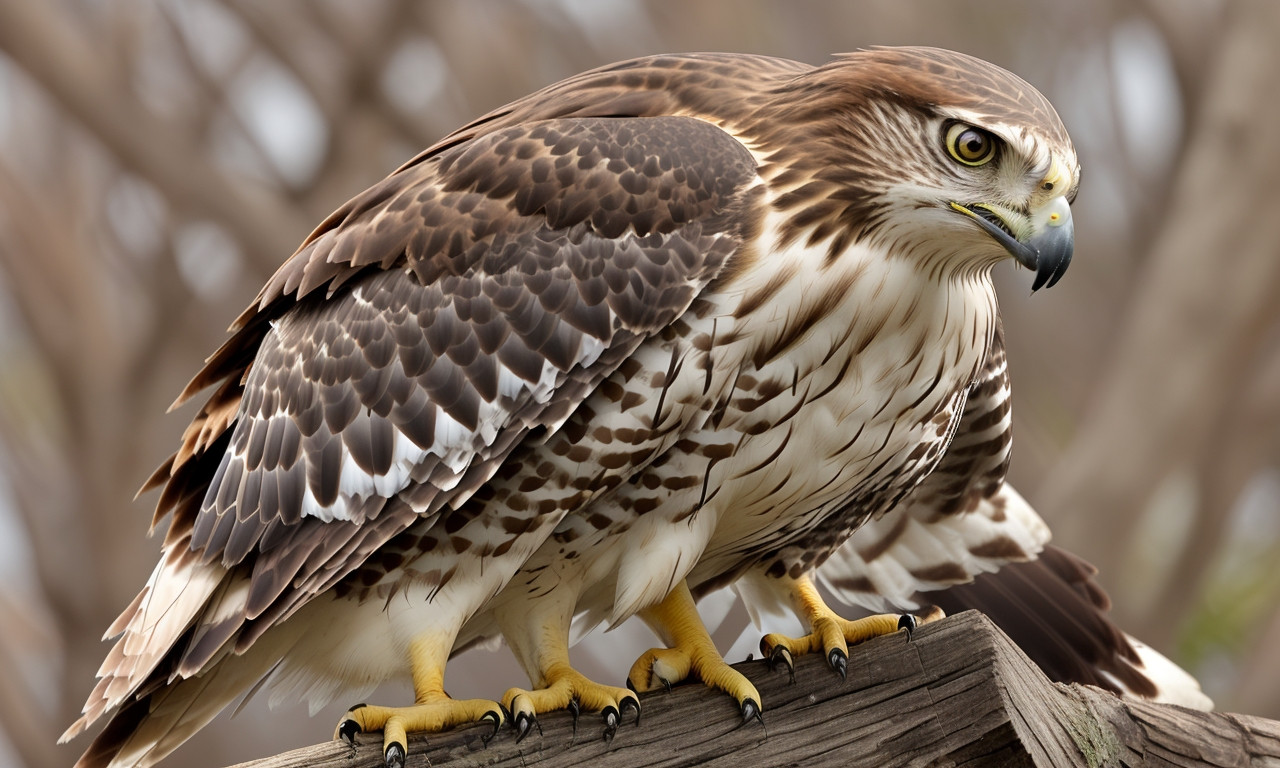
Identifying a Red-Tailed Hawk requires keen observation and understanding of its distinct features and habits. This majestic bird of prey, often spotted soaring high in the sky, is recognized by its signature reddish-brown tail and broad, rounded wings. In adult hawks, the tail exhibits a rich, rust-red coloration, while juveniles present a more mottled, brown appearance.
A crucial aspect of birdwatching is understanding the Red-Tailed Hawk diet, which consists primarily of small mammals like voles, mice, and rabbits, but also includes birds and reptiles. Observing these feeding patterns can provide important clues when trying to identify this raptor. These hawks are often seen perched high on poles or trees, scanning the ground meticulously for prey. Their hunting technique includes a mix of keen eyesight and swift, powerful dives to capture their food.
Listening for their distinct, raspy keeeer sound can also aid in identification, as this call sets them apart from other birds. Additionally, their robust build, with a wingspan of over four feet, and their tendency to inhabit open fields, deserts, and woodlands throughout North America, further substantiate their identification. Engaging in birdwatching with these expert tips ensures a rewarding experience, unlocking the captivating world of the Red-Tailed Hawk and its dietary habits.
Habitat and Range
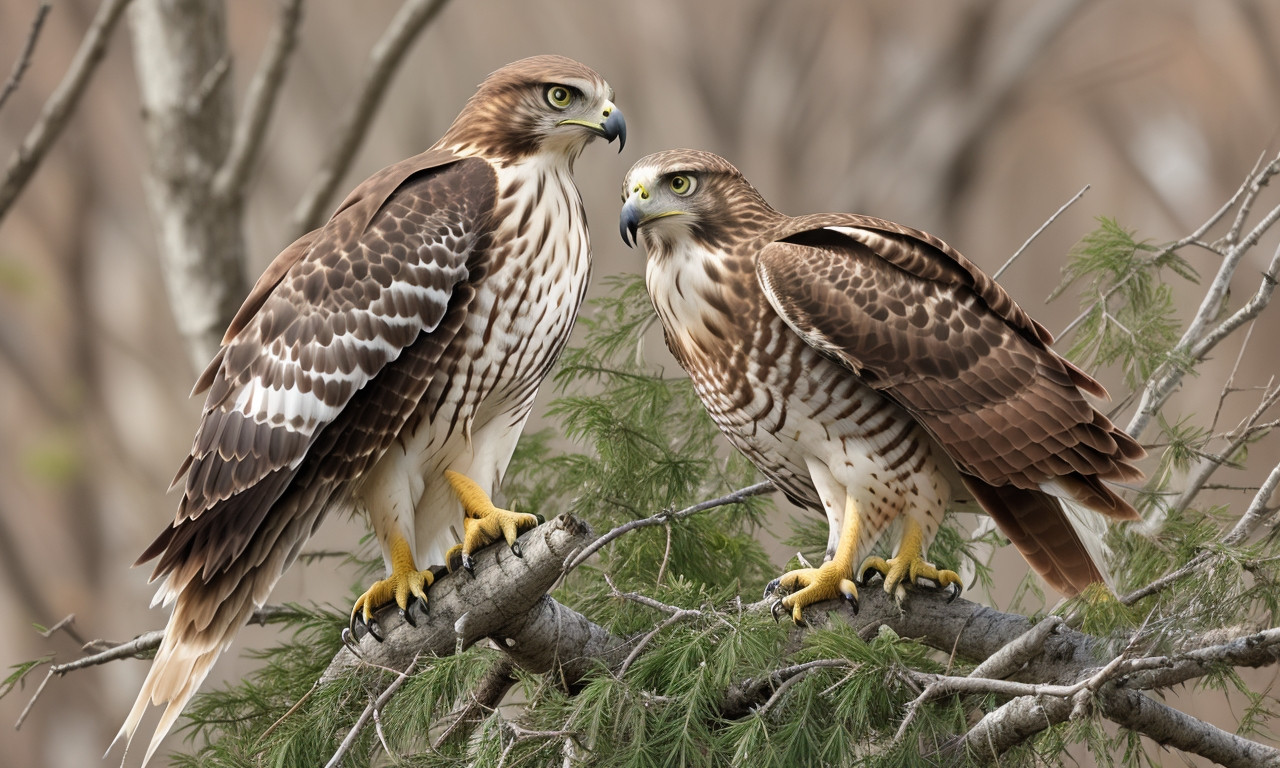
Identifying a Red-Tailed Hawk can be a thrilling experience for birdwatching enthusiasts. One of the key aspects to consider is their distinct appearance. These hawks showcase a rich, rust-colored tail and broad, rounded wings, both of which are essential identifiers. Look for their streaked belly band and dark patagium, which set them apart from other raptors. Understanding their habitat and range further enhances your birdwatching success. Red-Tailed Hawks flourish across a variety of environments, from deserts and grasslands to forests and urban areas. Observing them in open spaces where they soar gracefully while searching for prey is particularly common.
Their range spans from the cold northern regions of Alaska and Canada to the warmer climates of Central America, indicating a versatile adaptation to diverse conditions. Seasonal migrations can also influence where you’re likely to spot them, especially in colder months when they move to temperate regions. Familiarize yourself with their hunting habits, as they often perch on high vantage points or glide effortlessly with keen eyesight scanning for rodents. Combining visual identification with knowledge of their habitat and range ensures a successful and rewarding birdwatching adventure, allowing you to confidently recognize and appreciate the majestic Red-Tailed Hawk.
Sounds and Call
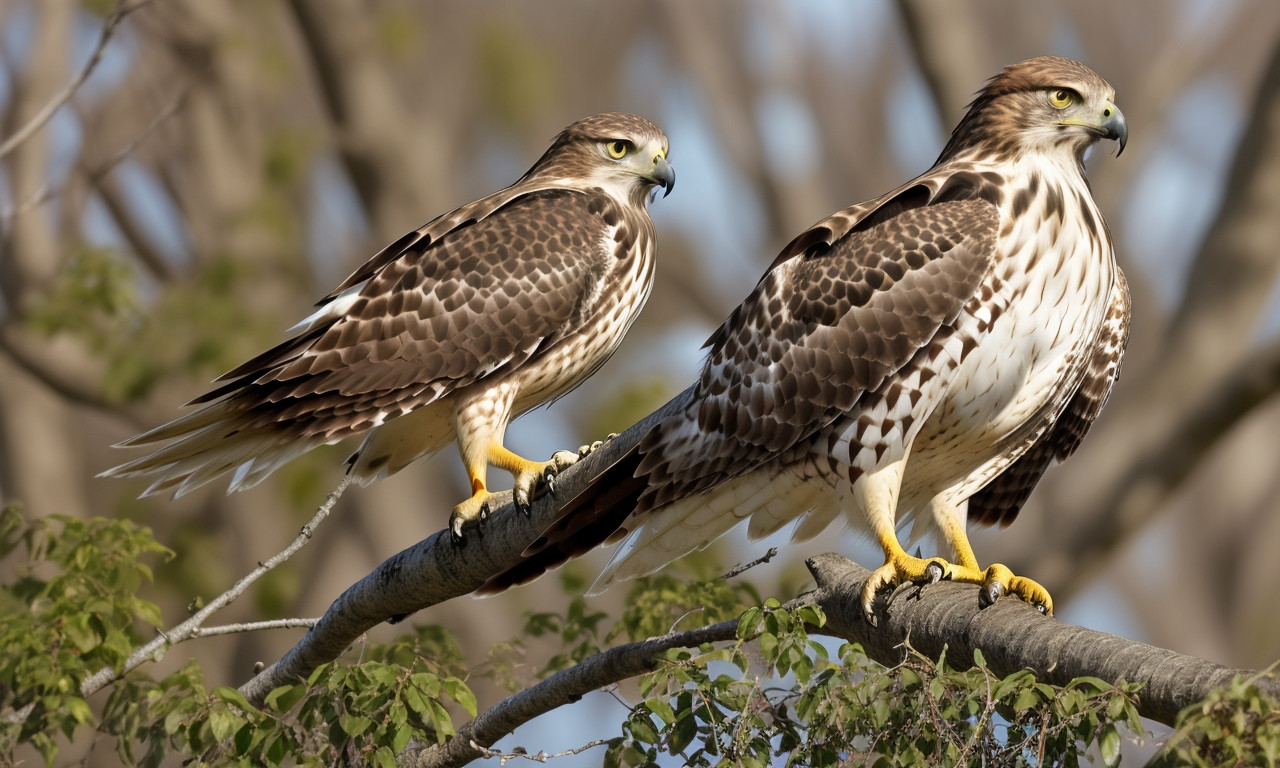
Identifying a Red-Tailed Hawk involves more than just spotting its distinct reddish-brown tail; understanding its behavior and vocalizations is key. These majestic raptors are known for their piercing eyes and broad, rounded wings, but recognizing their sounds and call can be an expert birdwatcher’s secret weapon. Red-Tailed Hawks emit a signature, high-pitched scream that sounds like “kee-eeeee-arr.” This cry is often heard as they soar high in the sky, scanning for prey with their keen vision.
To accurately identify these hawks, listen for their distinctive sounds and call. During mating season, you might hear a softer, more repetitive call as they communicate with potential mates or guard their territory. Juvenile Red-Tailed Hawks also have a distinct, less intense version of the adult’s scream, which can help in identifying younger birds.
Apart from their vocalizations, pay attention to their hunting behavior. Red-Tailed Hawks often perch high in trees or on poles, scanning the ground for small mammals. When they spot prey, they descend rapidly with a precisely controlled dive. Combining visual identification with an understanding of their sounds and call not only enhances the birdwatching experience but also ensures accurate and confident identification of these powerful avian predators.
Nesting Habits
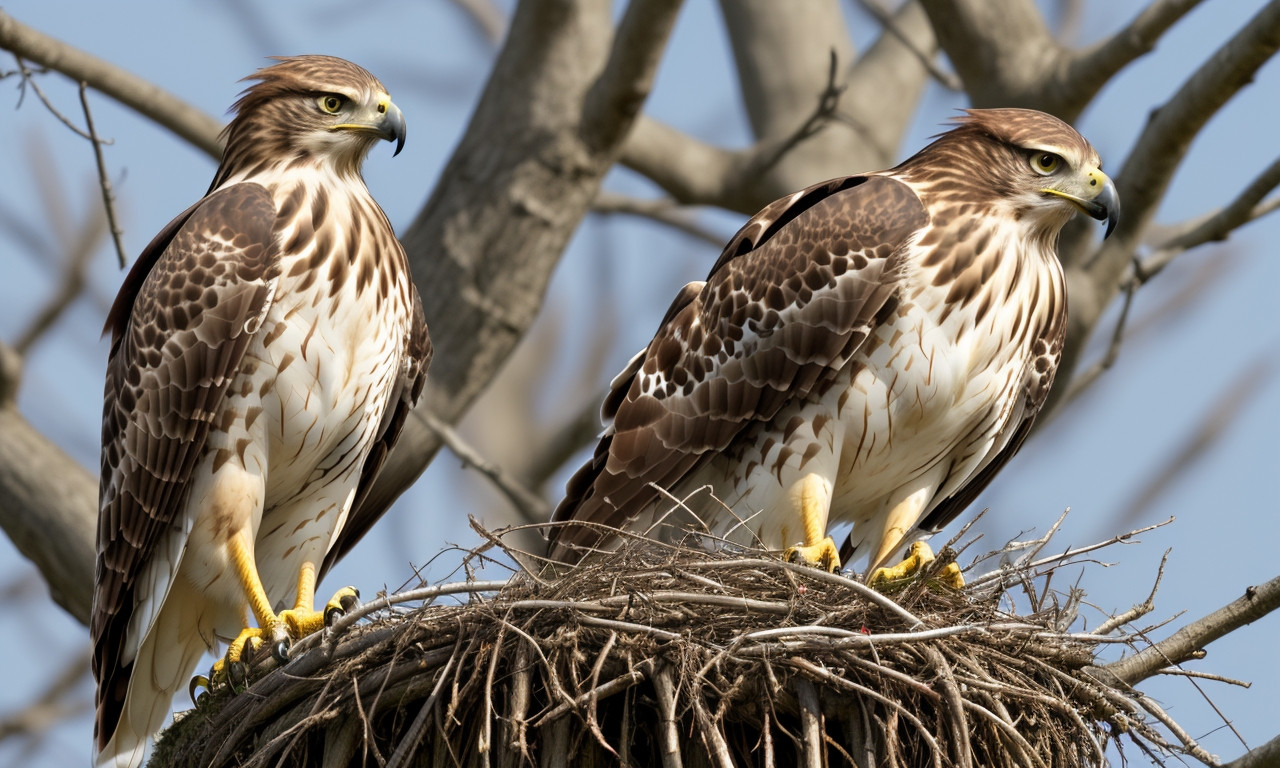
Identifying a Red-Tailed Hawk involves keen observation and understanding various aspects of its life, including its nesting habits. Begin by familiarizing yourself with their distinctive physical features: a broad, rounded tail with a characteristic red hue, and a robust body adorned with brown upperparts and a pale underside.
Once you’ve mastered their appearance, delve into their nesting habits. Red-Tailed Hawks typically prefer high territories, often choosing tall trees or cliff ledges to build their nests. These nests are large and constructed from sticks and twigs, lined with softer materials like bark and leaves. Spotting a nest can be a major clue to locating these magnificent birds.
During breeding season, which spans from early spring to late summer, they become even more territorial and active. Observing courtship behaviors such as aerial acrobatics and vocalizations can also be indicators of Red-Tailed Hawks.
Remember to also consider their preferred habitat. They are commonly found in open fields, deserts, and even suburban areas, often perched high to survey their territory. Timing is crucial; early mornings and late afternoons provide the best opportunities for sightings. By paying close attention to their nesting habits and other behaviors, you can become proficient in identifying Red-Tailed Hawks.

